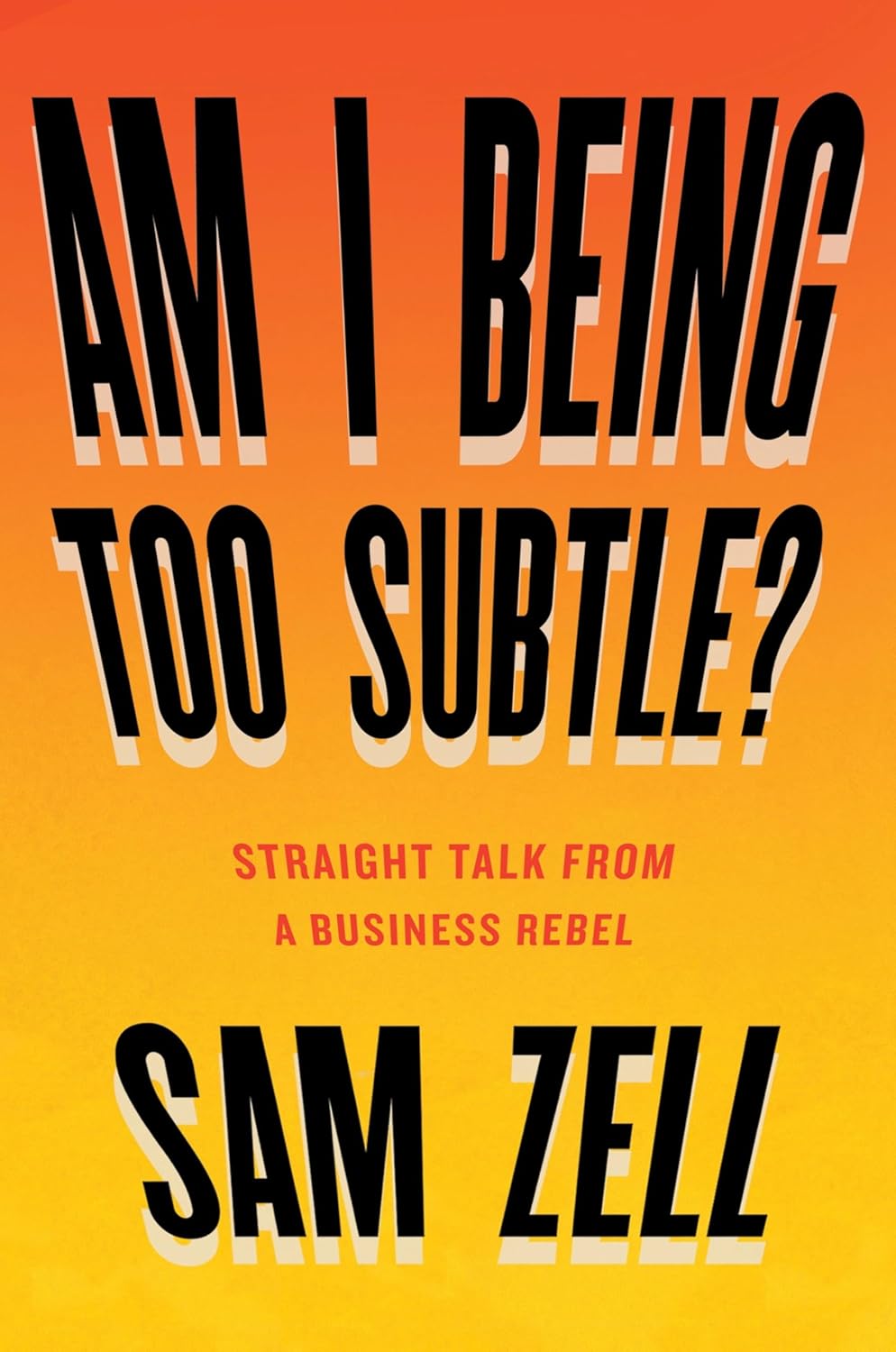Sam Zell Part 4: The $39 Billion Sale
Sam Zell was riding high in the 1980s. According to his autobiography, the early 1990s were one of his most difficult periods. His partner of twenty years, Bob Lurie, died of cancer in his 40s, which rocked Sam. He was in denial about the severity of the situation until Bob sat him down and told him he needed to prepare for Bob to die. To make matters worse, his second marriage ended in divorce in 1994.
While Sam navigated those challenges, the economy went into a recession. Sam’s companies couldn’t refinance their debt and struggled to make payroll. Sam was on the brink of default and failure.
Listing his companies publicly on the stock market was his only option for raising cash. Sam dove into learning everything about this process and, in 1991, completed his first IPO for a portfolio company. Learning how to run the IPO process would be a valuable skill. During this period, Sam listed seven of his companies for about $2 billion in total.
Sam recognized he wasn’t the only one struggling. Many companies had too much debt and were desperate to raise capital. In 1990, Sam created a $1 billion fund to invest in distressed companies; he bought ownership stakes at discounted prices.
Sam also spotted a structural change in real estate:
- Easy money from Japan lent to US developers caused overdevelopment
- The savings-and-loan crisis eliminated a key source of lending to real estate
- The Tax Reform Act of 1986 reduced tax benefits for syndicate investors (such as Sam’s father), which reduced the capital these investors allocated to real estate
With most real estate using 80% to 90% borrowed money, Sam recognized that these factors, plus a recession reducing rental demand, would make it impossible for property owners to service their debt loads. This would lead to a real estate crisis worse than the Great Depression.
Sam was right. Commercial real estate lost 50% of its value. Losses were estimated at $80 billion. Between 1989 and 1996, Sam raised four funds for $2.1 billion and went on a buying spree.
In 1992, Morgan Stanley created a new real estate investment trust (REIT) structure called an umbrella partnership real estate investment trust (UPREIT), which allowed property owners to contribute property to REITs listed on the stock market and gain liquidity without triggering a tax event. Property owners could turn illiquid buildings into liquid holdings that generated predictable cash flow (UPREITS must distribute at least 90% of taxable income to shareholders annually). Sam leveraged his decade of taking companies public in 1997 by taking his four real estate funds public as a UPREIT and named it the Equity Office Properties (EOP) Trust.
Ten years later, in 2007, Sam perfectly executed a competitive bidding process between Blackstone Group and Vornado Realty Trust and sold EOP to Blackstone for an eye-popping $39 billion. Sam’s timing was impeccable—the Global Financial Crisis was approaching.
Sam also leveraged his experience investing where populations grew and started investing in real estate in emerging markets. He created Equity International in the late 1990s and began partnering with developers in emerging markets who were great operators. Sam provided the capital and best practices on financial discipline and strategies and helped prepare the developers for public-market investors.
This period was a wild journey full of ups and downs for Sam. But two things stood out to me. Sam had an uncanny ability to recognize macro events and understand how they impacted the supply and demand of real estate and capital available to companies. He masterfully positioned himself to take advantage of these insights before others appreciated them. Sam also did a great job identifying and learning skills that could be helpful in the future. He could have relied on investment bankers to run his IPO processes, but he decided to learn the skill himself because he knew it would be valuable in the future given that public markets are the most constant source of liquidity.
In the next post, I’ll share my takeaways from Sam’s journey.
Prefer listening? Catch audio versions of these blog posts, with more context added, on Apple Podcasts here or Spotify here!




